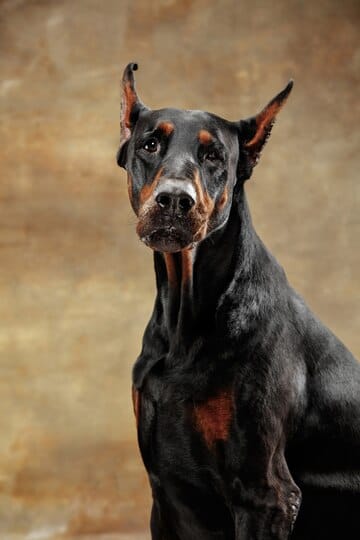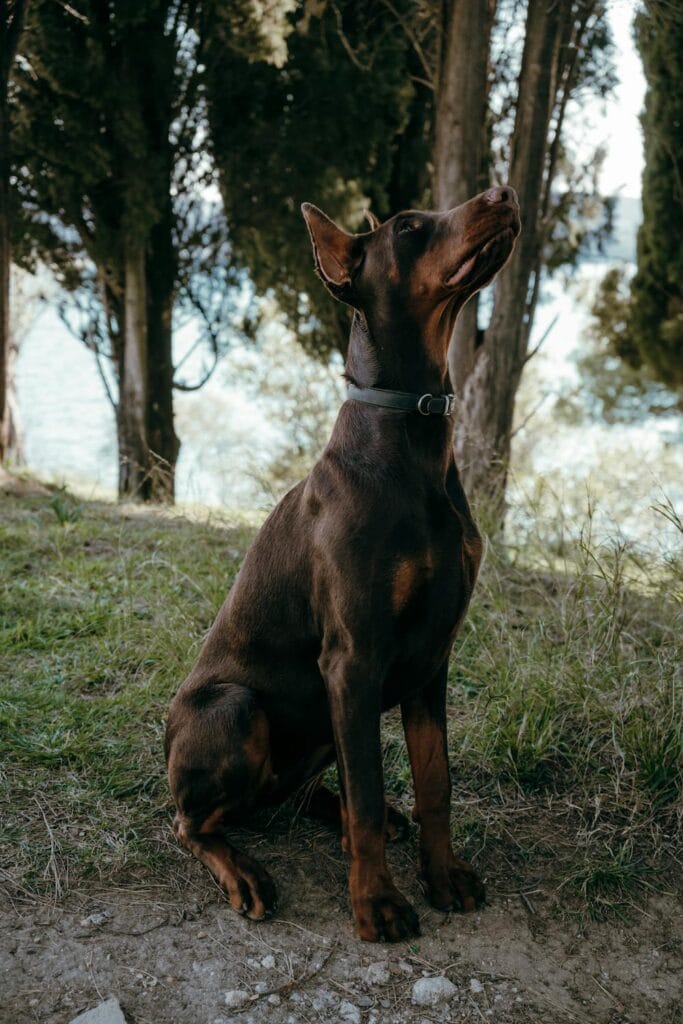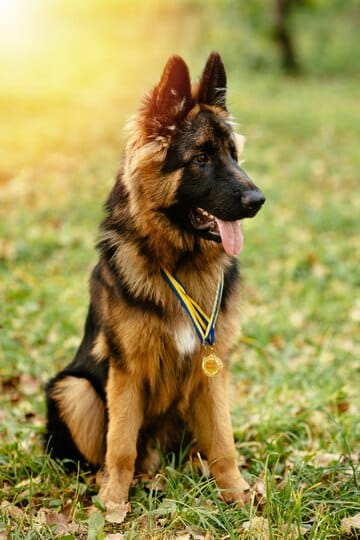- The Basics: What Makes a Corgi a Corgi? 🐶
- Why Do Corgis Have Long Bodies? The Evolutionary Tale 📚
- The Anatomy of a Corgi: Breaking Down the Long Body 🦴
- Corgi Body Length: How Do They Measure Up? 📏
- The Pros and Cons of a Long Corgi Body 📊
- Long Body, Short Legs: The Corgi Through the Ages 👶➡️👴
- Corgi vs. Other Long-Bodied Breeds: A Stretch Competition 🏆
- The Long-Term Effects: Health Considerations for Long-Bodied Corgis 🏥
- Caring for Your Long-Bodied Corgi: Tips and Tricks 💖
- Fascinating Facts About Corgi Bodies 🤓
- FAQs: Your Burning Questions About Corgi Bodies Answered 🔥
- Wrapping Up: Embracing the Unique Charm of Corgi Bodies 🌈
Welcome, Corgi enthusiasts and curious dog lovers! 🎉 Today, we’re diving deep into one of the most distinctive features of our beloved Corgis – their long bodies. Why do these adorable pups look like they’ve been stretched out? Is it just for cuteness overload, or is there more to the story? Grab a cup of tea ☕, snuggle up with your furry friend, and let’s embark on this fascinating journey through Corgi anatomy!
The Basics: What Makes a Corgi a Corgi? 🐶
Before we dive into the specifics of their long bodies, let’s take a moment to appreciate the Corgi breed as a whole. There are two distinct types of Corgis:
- Pembroke Welsh Corgi
- Cardigan Welsh Corgi
While both share the characteristic long body, there are some differences between them. Here’s a quick comparison:
| Feature | Pembroke Welsh Corgi | Cardigan Welsh Corgi |
|---|---|---|
| Tail | Usually bobbed | Long, fox-like |
| Ears | Pointed, erect | Rounded, larger |
| Body | Slightly shorter | Slightly longer |
| Colors | Red, sable, fawn, black and tan | More variety, including brindle and blue merle |
Now that we’ve got the basics down, let’s dig into the main question at hand…
Why Do Corgis Have Long Bodies? The Evolutionary Tale 📚
The long body of a Corgi isn’t just a quirky feature – it’s a result of careful breeding and evolution tied to their original purpose. Let’s break it down:

1. Herding Heritage 🐑
Corgis were originally bred as herding dogs in Wales. Their long, low bodies served a crucial purpose in this role:
- Low to the ground: Allowed them to duck under the kicks of cattle
- Long body: Enabled them to nip at the heels of livestock without getting trampled
2. Genetic Mutation: The Dwarfism Factor 🧬
The Corgi’s short legs and long body are actually the result of a genetic mutation called achondroplasia, a form of dwarfism. This mutation affects the growth of long bones in the legs, resulting in:
- Shortened legs
- Elongated spine
- Larger rib cage
3. Selective Breeding 🏆
Over time, breeders selected for these traits, further emphasizing the long body and short legs that we associate with Corgis today.
The Anatomy of a Corgi: Breaking Down the Long Body 🦴
Let’s take a closer look at the unique anatomy that gives Corgis their distinctive shape:
- Spine: Corgis have an elongated spine with more vertebrae than many other breeds.
- Rib cage: Their rib cage is larger and more barrel-shaped, contributing to their long appearance.
- Legs: Short legs are positioned wide apart to support the long body.
- Muscles: Strong, well-developed muscles support their unique structure.
Corgi Body Length: How Do They Measure Up? 📏
Curious about how long Corgis actually are? Here’s a comparison of average body lengths (not including tail):
| Breed | Average Body Length |
|---|---|
| Pembroke Welsh Corgi | 25-30 inches |
| Cardigan Welsh Corgi | 26-32 inches |
| Dachshund | 21-25 inches |
| Labrador Retriever | 35-40 inches |
As you can see, Corgis are significantly longer than their height would suggest!
The Pros and Cons of a Long Corgi Body 📊
Like any physical trait, the Corgi’s long body comes with both advantages and challenges. Let’s explore:
Pros of a Long Corgi Body 👍
- Herding ability: Excellent for their original purpose of herding livestock
- Agility: Despite their short legs, Corgis can be surprisingly agile
- Cuteness factor: Let’s face it, their unique shape is adorably endearing!
- Adaptability: Can navigate through tight spaces easily
Cons of a Long Corgi Body 👎
- Back problems: More susceptible to intervertebral disc disease (IVDD)
- Weight management: Prone to obesity, which can exacerbate back issues
- Difficulty with stairs: Short legs and long body can make stairs challenging
- Grooming challenges: The long body means more surface area to clean and brush
Long Body, Short Legs: The Corgi Through the Ages 👶➡️👴
The Corgi’s unique body shape evolves as they grow. Let’s look at how their proportions change over time:
| Age | Body Length | Height | Notable Changes |
|---|---|---|---|
| 8 weeks | 10-12 inches | 4-5 inches | Puppy proportions, less pronounced length |
| 6 months | 18-22 inches | 7-8 inches | Rapid growth, body lengthening |
| 1 year | 22-28 inches | 10-12 inches | Near adult size, proportions settling |
| Adult | 25-32 inches | 10-12 inches | Full adult proportions reached |
Corgi vs. Other Long-Bodied Breeds: A Stretch Competition 🏆
Corgis aren’t the only dogs with elongated bodies. How do they compare to other breeds known for their length?
| Breed | Body Length | Height | Length-to-Height Ratio |
|---|---|---|---|
| Corgi | 25-32 inches | 10-12 inches | ~2.5:1 |
| Dachshund | 21-25 inches | 8-9 inches | ~2.8:1 |
| Basset Hound | 26-35 inches | 11-15 inches | ~2.3:1 |
| Afghan Hound | 50-60 inches | 25-27 inches | ~2.2:1 |
As we can see, Corgis have one of the most pronounced length-to-height ratios among dog breeds!
The Long-Term Effects: Health Considerations for Long-Bodied Corgis 🏥
While their long bodies are charming, they can also predispose Corgis to certain health issues:
- Intervertebral Disc Disease (IVDD): The long spine increases risk of disc problems
- Hip Dysplasia: Despite short legs, Corgis can suffer from this joint condition
- Obesity: Extra weight puts more strain on their unique body structure
- Arthritis: Can develop in later years due to body shape and potential weight issues
Caring for Your Long-Bodied Corgi: Tips and Tricks 💖
To keep your Corgi healthy and happy, consider these care tips:
- Weight management: Keep your Corgi at a healthy weight to reduce strain on their back and legs
- Regular exercise: Strengthen core muscles to support the long spine
- Proper lifting: Always support both the chest and hindquarters when picking up your Corgi
- Ramps and stairs: Consider using ramps for accessing furniture or cars
- Regular vet check-ups: Monitor for any developing back or joint issues
- Appropriate bedding: Provide supportive bedding to cushion their unique shape
Fascinating Facts About Corgi Bodies 🤓
Did you know…
- A Corgi’s body is about twice as long as it is tall! 📏
- Despite their short legs, Corgis can run at speeds up to 25 mph! 🏃♂️
- The name “Corgi” comes from Welsh words meaning “dwarf dog” 🐕
- Corgis have a “fairy saddle” marking on their backs due to a difference in their coat thickness 🧚
- Queen Elizabeth II was famously fond of Pembroke Welsh Corgis, owning over 30 in her lifetime! 👑
FAQs: Your Burning Questions About Corgi Bodies Answered 🔥
Q: Do all Corgis have the same body length?
A: While all Corgis have long bodies, there can be individual variation. Cardigan Welsh Corgis tend to be slightly longer than Pembrokes.
Q: Can Corgis’ long bodies cause them pain?
A: Not inherently, but their body shape does make them more susceptible to certain conditions like IVDD. Proper care and weight management can help prevent issues.
Q: Do Corgis’ long bodies affect their swimming ability?
A: Actually, many Corgis are good swimmers! Their long bodies and strong legs can make them quite buoyant and agile in water.
Q: Are there any sports or activities that are particularly good for Corgis’ long bodies?
A: Yes! Agility training, herding trials, and swimming are all great activities that can help keep a Corgi’s unique body in good shape.
Q: Can breeding for extremely long bodies in Corgis be harmful?
A: Yes, breeding for extreme features can potentially exacerbate health issues. Responsible breeders aim for balanced proportions within breed standards.
Wrapping Up: Embracing the Unique Charm of Corgi Bodies 🌈
And there you have it – everything you ever wanted to know about why Corgis have long bodies (and probably a bit more)! 🎊 From their herding heritage to their genetic quirks, the Corgi’s elongated shape is a fascinating example of how form follows function in dog breeding.
While their unique body shape comes with some health considerations, with proper care and attention, Corgis can lead happy, healthy lives full of tail-wagging fun. Their long bodies are just one of the many features that make Corgis such beloved and distinctive dogs.
So the next time you see a Corgi waddling by, you’ll have a new appreciation for their delightfully long bodies. Here’s to our wonderful, stretched-out furry friends – may their bodies be long and their lives even longer! 🐾💖































